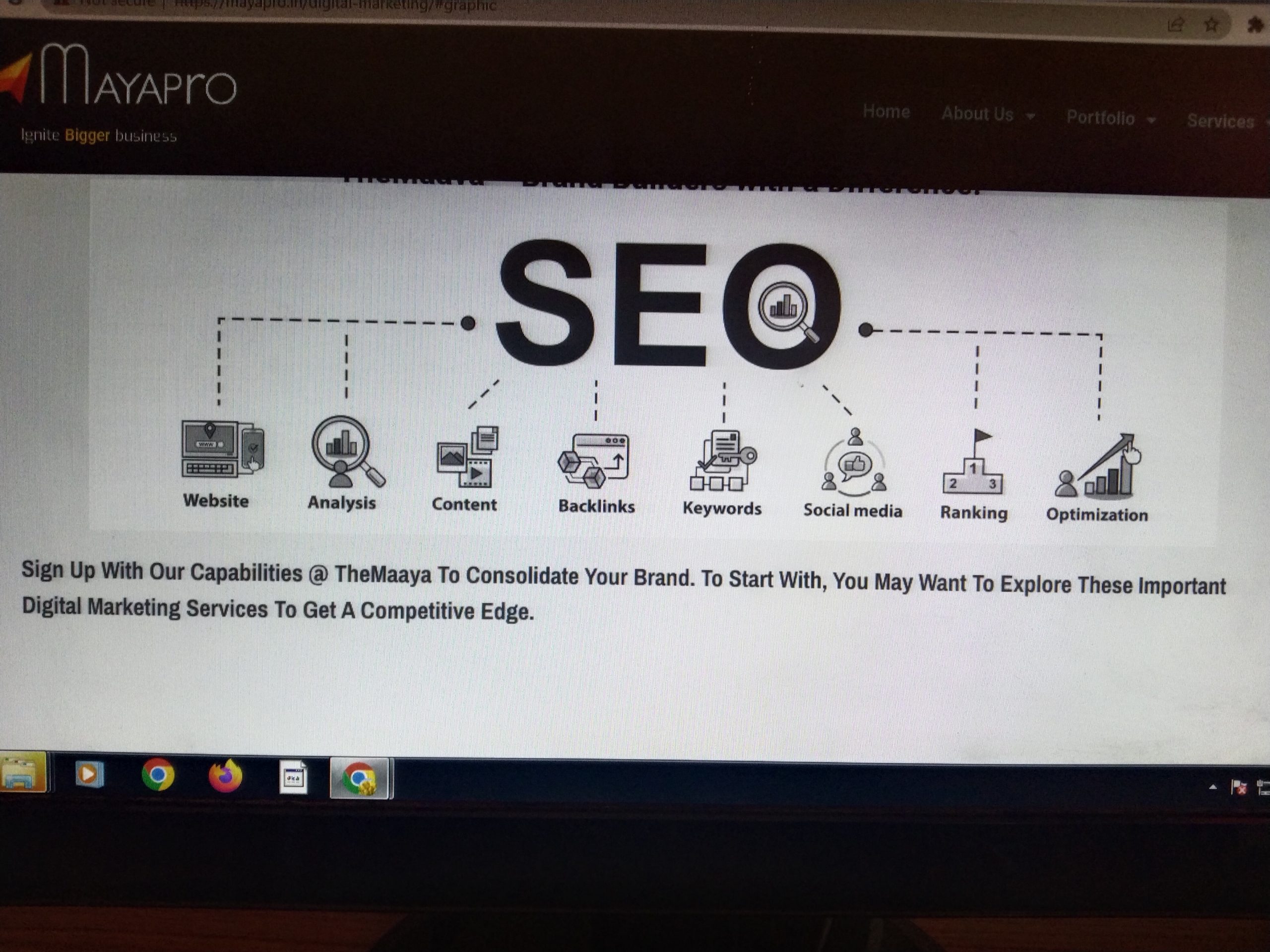Visitors have accessed this post 299 times.
DIFFERENTIATE BETWEEN SHORT TAIL AND LONG TAIL KEYWORDS
Author – Nithiya K
( Republishing of this original work is a crime) copyright ©️ reserved by author.
You don’t need to be an SEO expert to improve your website’s search engine rankings. You can start by placing your desired keywords in the right places on your page. Using keywords in these 5 locations will help your website to drive more traffic and look well on its way to achieving page one result in Google.
URL
Websites address or URL should be direct, specific and contain at least one keyword. Opt for hypens , Instead of underscores for better results. The heading on H1 tag on your page should be clear specific and searchable. The image file name you choose should reflect what the image is, contain one keyboard and use-s instead of underscores in the name, which contributes to page ranking. Page titles appear in the tab at the top of your web browser your page title should contain at least one keyword.
SEO process
Research and Analysis is the process of identifying the relevant and profitable queries targeted through the use of keywords that can be long tail and short tail keywords in your website content structure and link building.
Short tail-Keywords
These are the keywords that consist of one or two words and get the most searches per month. Mostly these are broad search terms. People who are new to content marketing make the mistake of using these keywords to often.
Long tail-keywords
Long tail keywords are more specific search terms that tend it to be longer than those short tail keywords and consists of more than three words. Usually long tail keywords produce higher conversion rates than short sale keywords. Some of the popular tools include Google keyword planner, Majestic, SEMrush, keyword.io used to find keywords. Content marketers ensure long tails keywords are weaved into blog post, whitepapers and other index able content.
Long-tail keywords accounts for 70 % of the searches, with low probability of conversion and high cost and competition. Historically 10 percentages of search queries were misspelled. SEO created pages specifically targeting that queries, however Google now auto replaces the wrong queries with what they thought the searcher intended to search for does eliminating the efficiency of pages targeted for long tail misspellings. Google hide some keywords for users who are signed into their Google account. If you search while signed in, site owner will not know what search terms they used to find their content. This is not true for Adwords power which has fuelled speculation that Google is favouring paid search.
The long tail keywords is much harder to monetize and harder to police. The main keyword is the specific keyword the writer aim to rank for. Used as the main title and phrases related to the blog post which can naturally grow the content is further defined
use Variations of your keyword throughout the text of the article, you won’t bore your readers plus you will reinforce for your main point with the search engines which are not smart enough to recognise synonyms under and you are contained accordingly.
Long tail keywords usually drive massive traffic.
Short-tail keywords have more search volume, very competitive, 1 or two words example “asteroid”. Medium tail keywords have medium search volume moderately competitive, two or three words example “dinosaur extinction”. Long tail keywords has less search volume, not very competitive, 3 are more words example” where did the Dinosaur extinction goes?”
Expand your brainstormed the keyword list by analysing what people are saying on the internet. Discover additional phrases to add to brainstormed list,the quantify keyword popularity from the list,
using any analytics software and take the resulting keyword data to the final selection process, .
Information architecture, social media, title tag, keyword research, competitive analysis, traffic monitoring and link building are the main features of AC that helps to improve and boost online traffic. How to do keyword research?
1. Look at competitors low competition topics
2. Don’t just look at monthly searches intent is key
3 Use Google search
4. Find versus and review keywords
5. Choose one main keyword
6. Choose 2-10 supporting keywords
7. Check your competition and search value for selecting the keywords that fit niche.
Success in organic SEO is heavily dependent on low cost of three activities involving keywords and schema when done correctly in conjunction with the topnotch content it can generate ultimate League India high traffic in rate of return.
.
